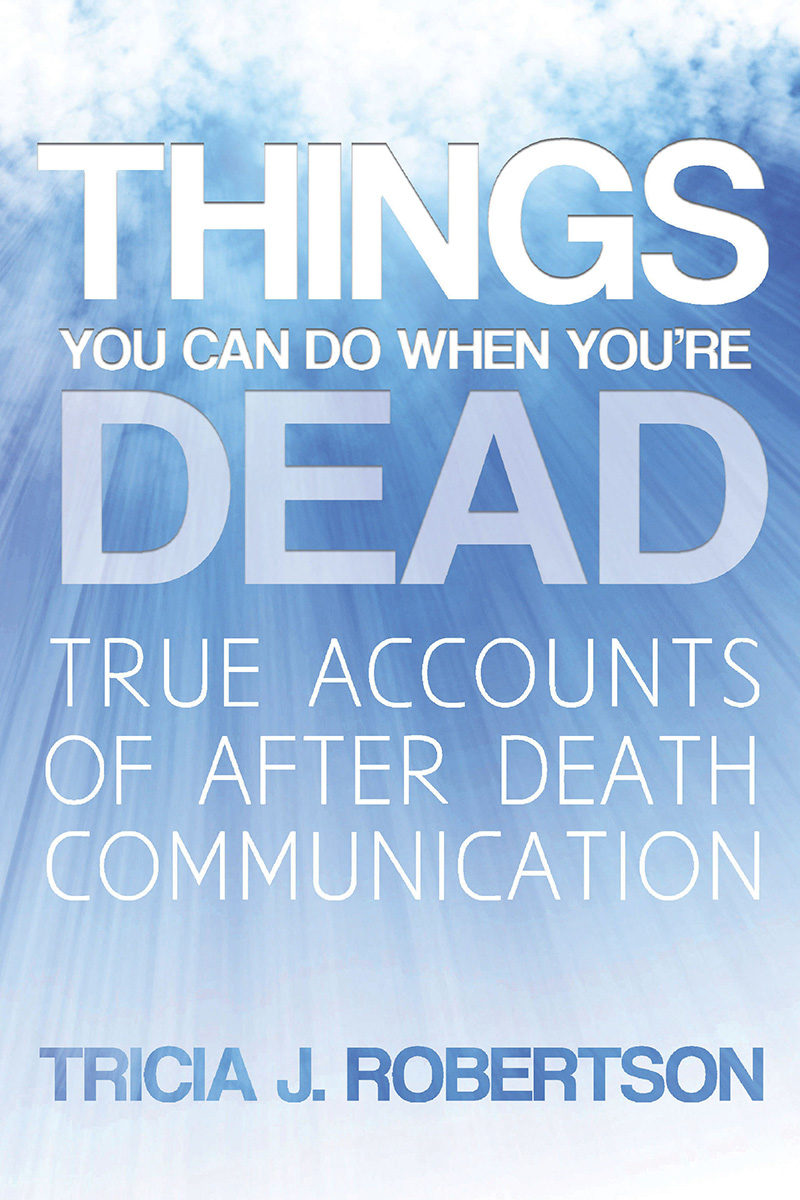Summary
Things You Can do When You’re Dead! by Tricia Robertson is the long awaited book from one of Scotland’s foremost psychical researchers. In this book the author shares some of her thirty-year research into mediumship, reincarnation, psychic healing, apparitions, poltergeists, and after death communications. Tricia’s refreshing no-nonsense approach to the subject makes for compelling reading and should interest skeptics, believers, and anyone who wants to know what you can do when you’re dead!
Praise for Things You Can do When You’re Dead!
Tricia Robertson is one of those rare field researchers who have a way of discovering new cases, investigating them thoroughly, and writing them up in a highly readable way. There is some remarkable material here, and it makes for absorbing reading.
—Guy Lyon Playfair, author of This House is Haunted and Twin Telepathy
Tricia J Robertson draws on many of her own experiences as a psychical researcher in this excellent, easily read, book which is ideal for anyone who is seeking genuine examples of after death communication and almost reads like a thriller, in the sense of ‘What is going to happen next?’
—Dr David Hamilton, Author of It’s the Thought that Counts and Is Your Life Mapped Out?
An engaging and informative introduction to the topic of post mortem survival.
—Professor Stephen Braude, Author of Immortal Remains and First Person Plural
In this book, one of Scotland’s most experienced psychic investigators draws upon her extensive knowledge of cases involving apparitions, poltergeists, mediumship, reincarnation and paranormal healing to present the evidence for survival. What makes this a particularly valuable work is the large number of cases presented, many of which have been investigated by the author personally and never been published before. The informal, chatty style makes the accounts both gripping and easy to read.
—Professor Bernard Carr, Past President of the Society for Psychical Research and Chair of the Scientific and Medical Network

